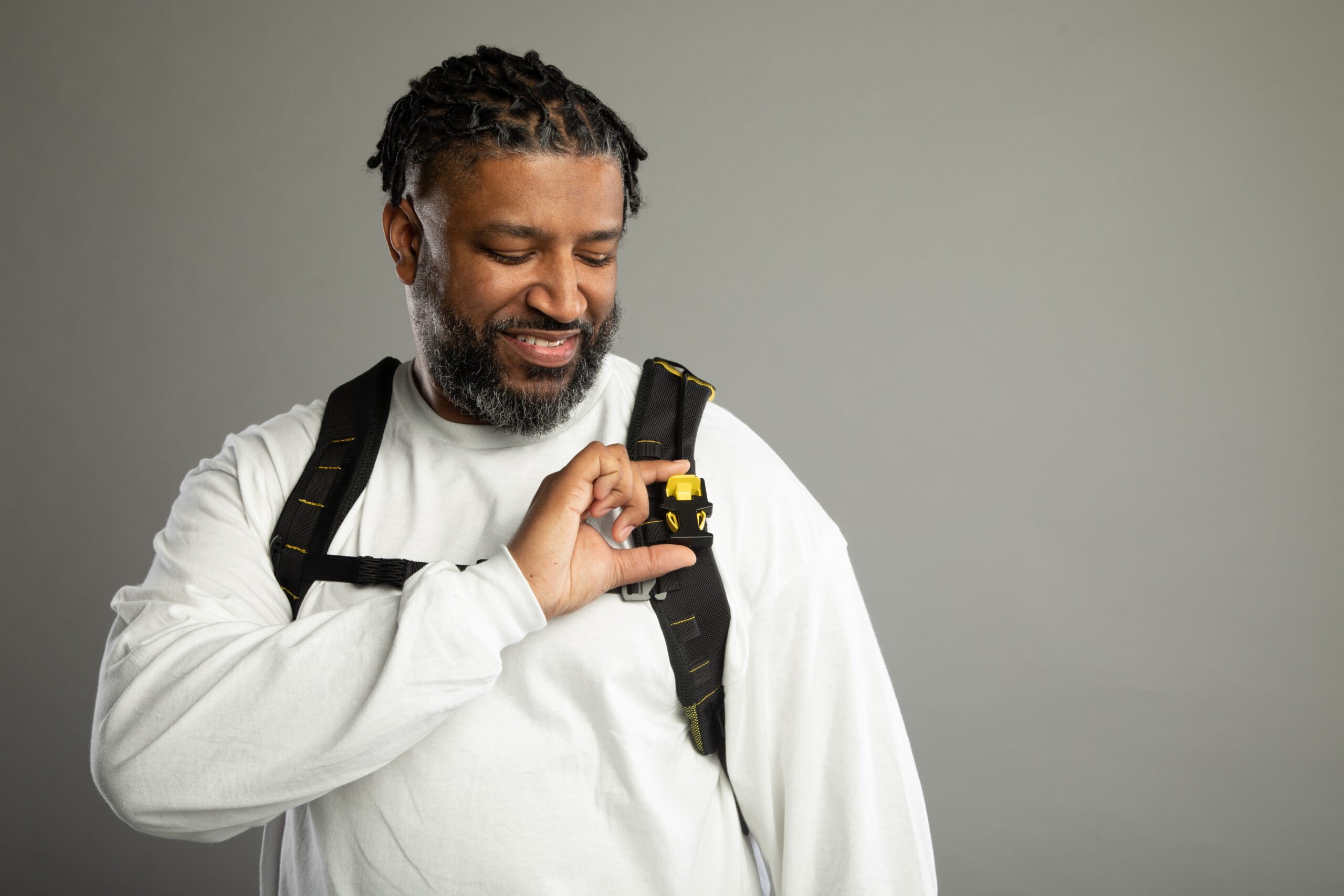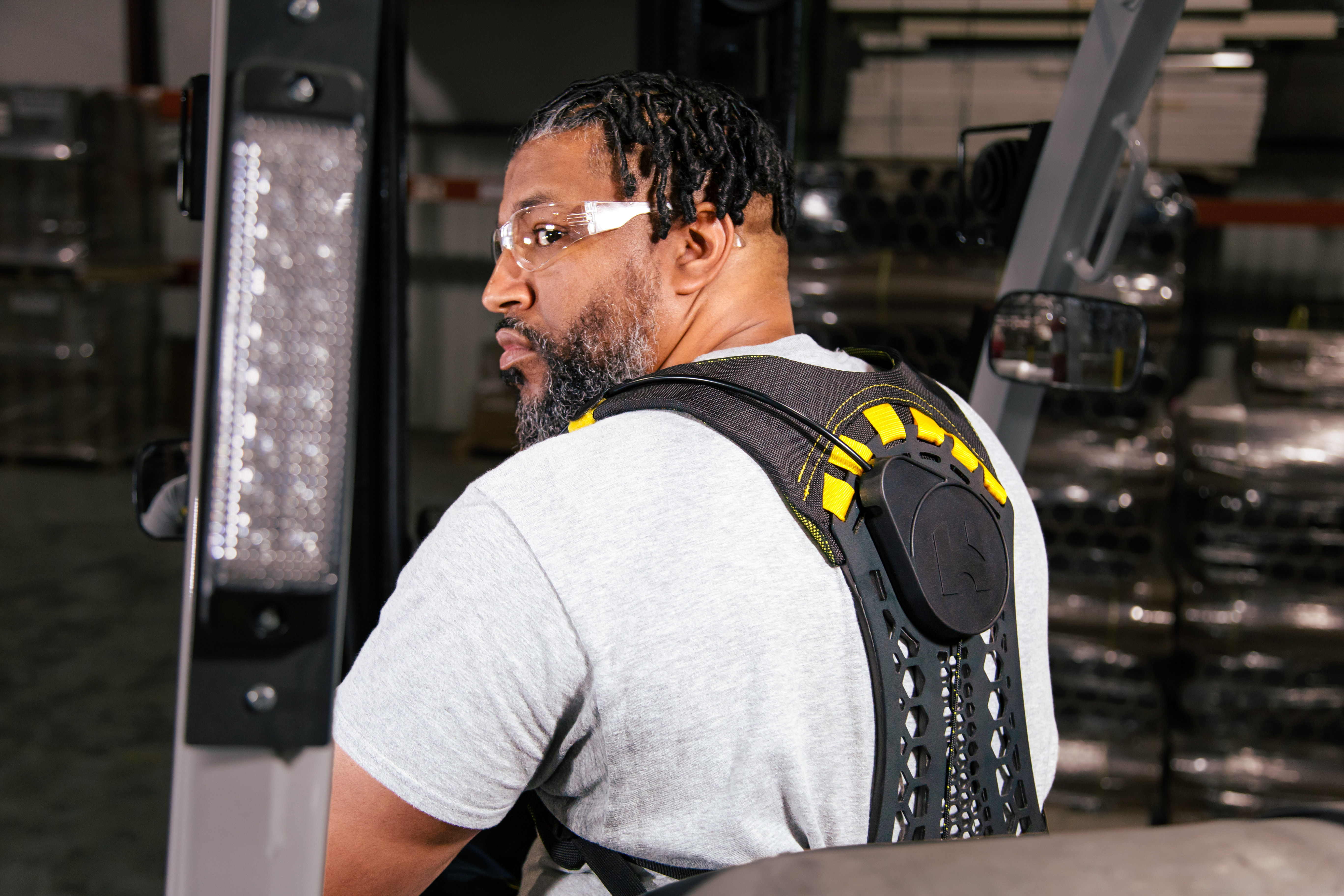What We Know
2. The Apex reduces compression force on spinal discs.
Multiple peer-reviewed studies have shown that soft exosuits like the Apex reduce spine compression force during bending and lifting.
Evidence is based on electromyography (muscle activity), musculoskeletal modeling, force-instrumented devices, human biomechanics, and ergonomics experiments. Studies by Vanderbilt University (Lamers 2018), University of Lorraine (Favennec 2024), University of Twente (Moya-Esteban 2023), and Bushehr University of Medical Sciences (Ziaei 2021) each independently estimated 5-20% reductions in spine compression force when wearing elastic back exosuits. Several of these studies also reported reductions in shear forces on the spine when wearing an exosuit.
A Queen’s University study (Abdoli-Eramaki 2007) and a second Vanderbilt University study (Lamers 2021) provide extended explanations of the biomechanical principles that enable soft exosuits to reduce spinal compression forces, and also present further experimental evidence confirming the spine offloading effects.
The simple explanation of how an exosuit reduces spine compression is that it acts like an artificial set of back muscles and provides additional leverage about the spine (relative to a user’s biological muscles), which allows a user to perform lifting and bending tasks with less total force on their back.
If you want a more detailed biomechanical explanation of how the exosuit’s moment arm about the spine provides a larger mechanical advantage and why this reduces both muscle and spine forces, then check out the scientific articles above. Or if you prefer a more visual and intuitive explanation of the physics, then watch this explainer video on how the Apex works.

